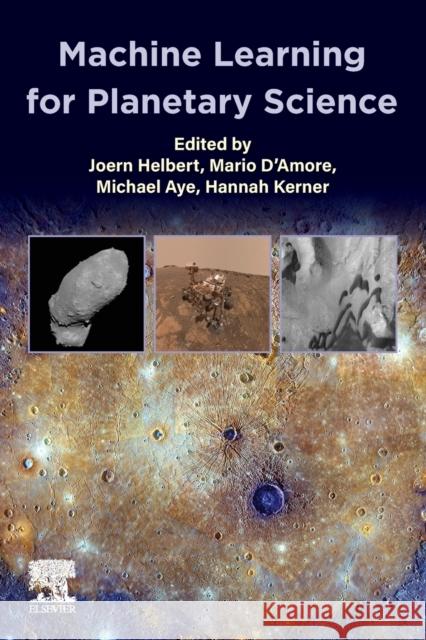Machine Learning for Planetary Science » książka
topmenu
Machine Learning for Planetary Science
ISBN-13: 9780128187210 / Angielski / Miękka / 2022 / 234 str.
Kategorie:
Kategorie BISAC:
Wydawca:
Elsevier
Język:
Angielski
ISBN-13:
9780128187210
Rok wydania:
2022
Ilość stron:
234
Waga:
0.32 kg
Wymiary:
22.86 x 15.24 x 1.24
Oprawa:
Miękka
Wolumenów:
01
Dodatkowe informacje:
Bibliografia











